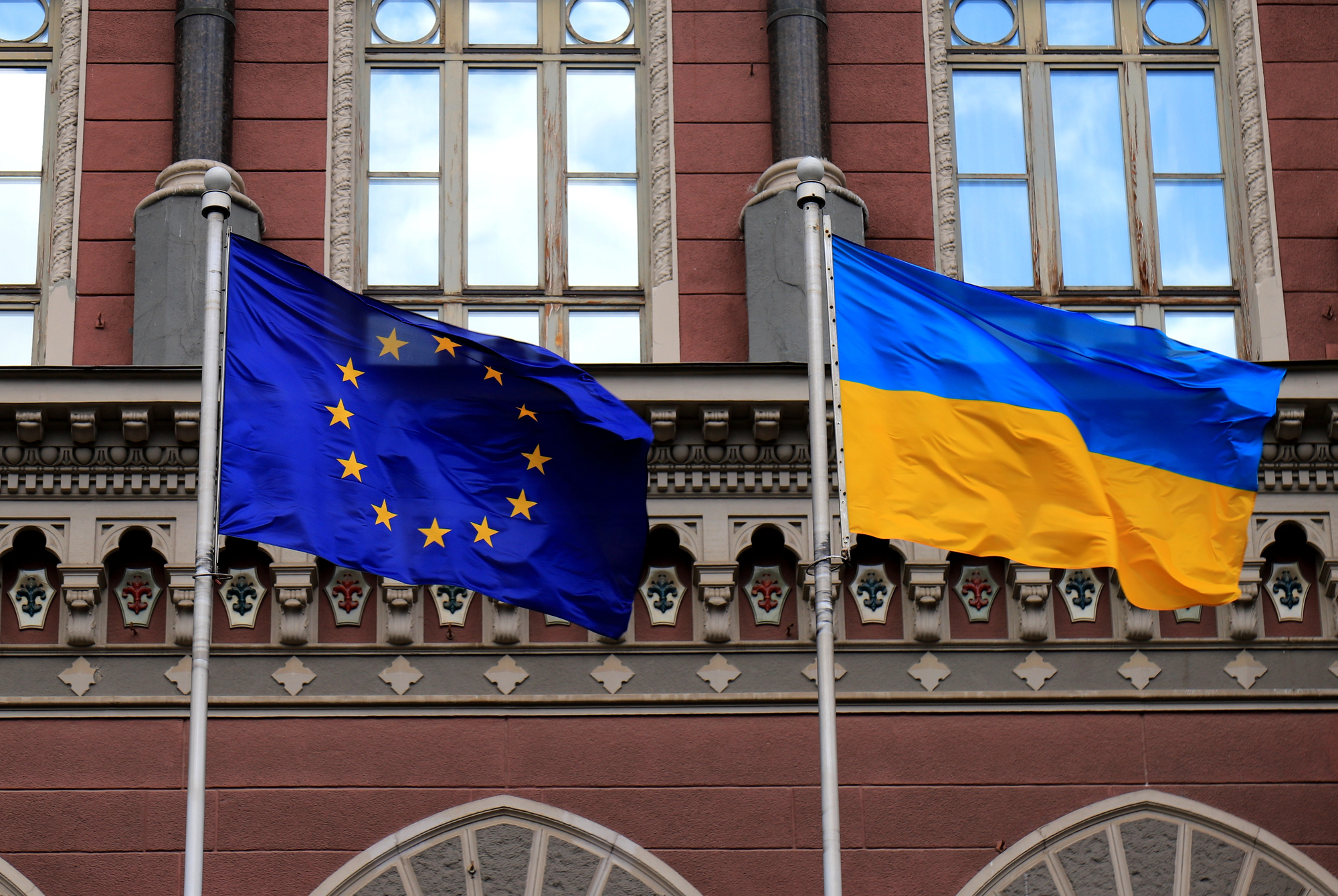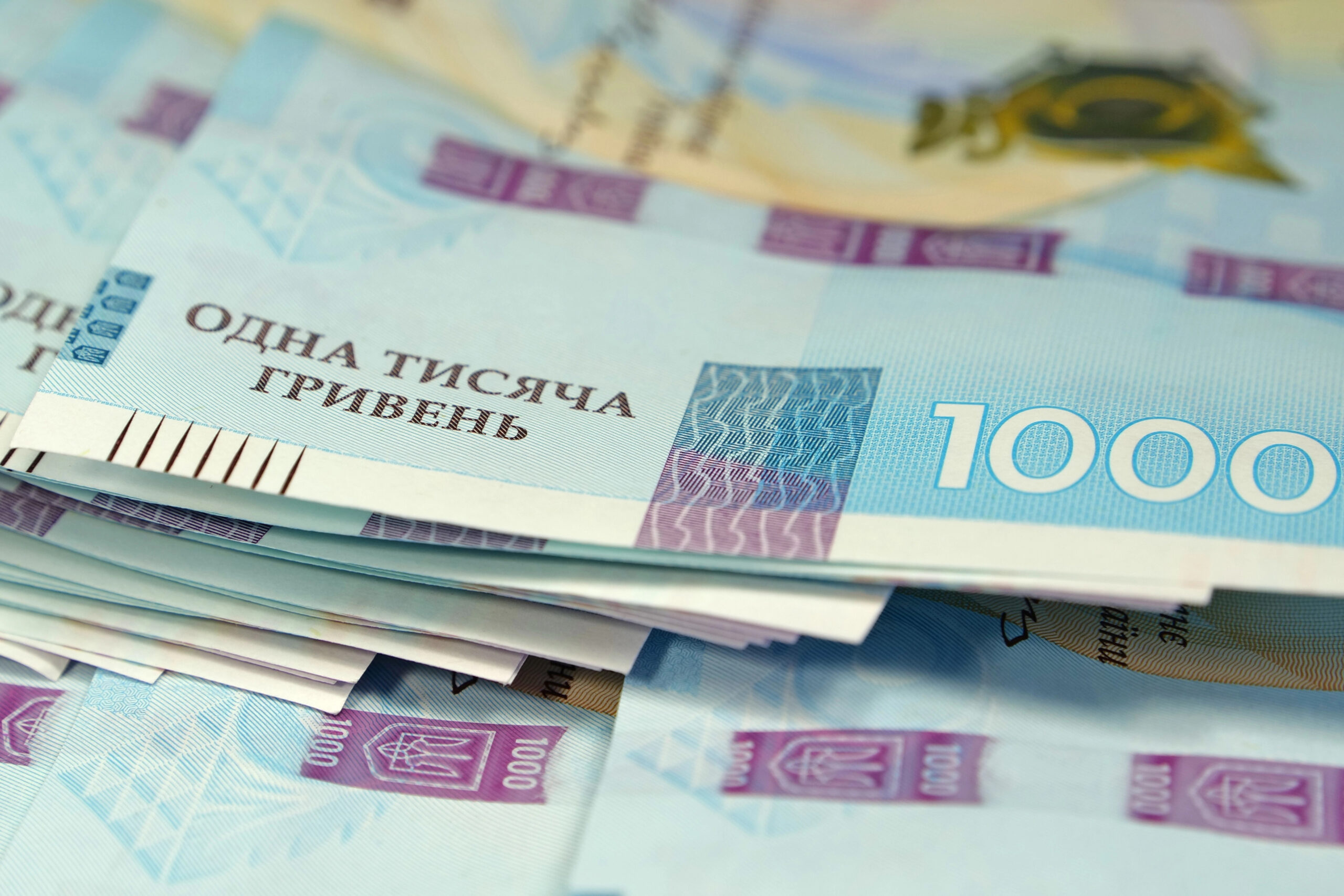Andrei Kirilenko compares the policy of shock therapy with bloodletting which helps countries when they follow a number of additional conditions. Ukrainian economic mistakes are caused by the inability of the young state to systematically implement procedures which are imposed from the outside. What should be done then? First, complete the started reforms. But that’s not all. The challenges that faces the country are much more complex, for example, there is a rental economy and monopolies that cannot be cured only by “bloodletting”. Though, economic thought is not static – shock therapy (bloodletting) is not a panacea for all diseases anymore. Ukraine should learn how to use more accurate tools. But it needs to put a more accurate diagnosis first.
In reading the Vox Ukraine article on the 7 worst mistakes made by the policymakers of Ukraine, I thought of the story of the last days of George Washington – the first President of the United States.
Universal recipe
From what is known, on Thursday, December 12, 1799, George Washington, age 67, rode on horseback for several hours around his large estate in freezing rain. On Friday, December 13, he woke up with a severely inflamed throat, but spent several more hours riding on horseback in heavy snow. Early morning on Saturday, December 14, George Washington woke up suddenly because he had difficulty breathing. Three doctors were called in to help. The doctors performed bloodletting – an invasive medical practice based on the then standard theory of humoral physiology. Humoral physiology is a theory on the origin and treatment of diseases that dates back to Hippocrates (approximately 460-370 BC), who believed that human health rests in equilibrium among four basic humors –blood, phlegm, black bile and yellow bile. According to the theory, an illness indicates that one of the humors is out of equilibrium and a treatment of illness consists of bringing a particular humor back into equilibrium. Over time the theory moved to accept blood as the most important humor and bloodletting became commonly prescribed as a standard treatment for most conditions, including inflammation of the throat. It is documented that in the course of about 12 hours on December 14, 1799, the doctors have removed about 2.3 liters of blood from George Washington, which is about 40 percent of blood volume of an average adult. However, the bloodletting has failed and by 10 p.m. Washington was dead.
While the controversy surrounding George Washington’s death continues to this day, the theory of diseases and their treatment has progressed a great deal since 1799. Humoral physiology is no longer the standard theory and medical schools don’t offer courses on black or yellow bile. Noninvasive treatment in the form of an orally administered pill has replaced invasive bloodletting as a standard treatment for most ailments. Noninvasive diagnostics using X-rays or microwaves has allowed doctors to see inside patients without cutting into them first. No licensed doctor in the US or Ukraine would prescribe bloodletting now to someone in George Washington’s condition. Yet, one cannot help but wonder what would people say about the medical treatments practiced today in, say, another 25 years.
Ukrainian recipe
Which brings us back to the poor economic performance of Ukraine and its worst macroeconomic policy errors. All of the errors are really deviations from the economic version of bloodletting known as the theory of “shock therapy” – mass privatization, liberalization of prices and trade, fiscal prudence and monetary austerity. Broadly speaking, according to this theory, which can be traced to the ideas of Milton Friedman, who, in turn, was influenced by the brilliant Friedrich Hayek, productive resources, including land must be in private hands and the state should only enforce and adjust the rules and provide services that the private sector would otherwise fail to provide.
Shock therapeutic measures proved really successful in rapidly restoring the economic health of the post-Nazi Germany in the late 1940s, the post-Socialist Chile in the mid-1970s, and the post-Communist Poland in the late 1980s. These outcomes have proven that the shock therapy theory really works – markets always do a better job in allocating scarce resources than planners. Anytime, anywhere. Period, full stop.
Shock therapy ideas were introduced into the post-Soviet Ukraine by the US-trained IMF economists starting in the mid-1990s. However, these ideas did not gain widespread support among policymakers in Ukraine until very recently.
The theory of economic bloodletting – restoring the health of a country’s economy by shocking it into a recovery may still work in Ukraine, but my suggestion is to rely on better diagnostics and be quite opportunistic about theories. Even if all these equilibrium theories that involve the economic equivalents of black bile and yellow bile prove to be totally wrong, collecting and analyzing good data can still help both the policymakers and the public make more informed choices.
For example, the original rationale for having an independent central bank was that it would be better at making long-term economic decisions than politicians always preoccupied with the immediate ups and downs of their careers. This rationale has been recently amended by the ideas that an independent central bank should also collect, clean up, and make public lots of valuable information and analyses. The idea is that a central bank should not set prices directly (e.g., not engage in invasive economic therapies), but do lots of modeling and demonstrate readiness to engage under various scenarios. Again, the jury is out on how effective that really is over and above a monetary “placebo” effect, but collecting more data, building better models, doing more diagnostics, and sharing it with the public is arguably not a bad thing. Few patients these days will say no to additional diagnostic tests, especially if these tests can be done cheaply and efficiently.
Lastly, for whatever they are, these seven errors should be embraced as part of Ukraine’s economic history. I would profess to say that no country has built and maintained a successful macroeconomic policy mix without making stupendous errors. The prevalence and frequency of massive economic and financial crises around the world in the last 25 years is evidence that Ukrainian policymakers are far from being alone in making errors. Despite large ongoing investments into the development and testing of economic ideas, errors will continue to be made. So if you are in charge of economic policymaking and find out that a mistake was made, quickly acknowledge it, get advice from a variety of open-minded economists on how to deal with it, fix it, and carry on.
And, now really lastly, once Ukraine is done with some version of short-term therapy under its new policymakers, it will face really serious economic problems. The biggest one by far is industry concentration in its infrastructure sectors, which could slow down or outright prevent successful development of a knowledge-based economy. There are outright monopolies in Ukraine’s energy and transportation sectors. Unless they are broken up and forced to really compete, their rent-seeking behavior will keep Ukraine at the back of the pack for years to come no matter how good its neoliberal central bank gets in inflation targeting.
Full text of the VoxUkraine project “Bad Solutions: How to create the poorest country in Europe” is available in Ukrainian and Russian.
Attention
The author doesn`t work for, consult to, own shares in or receive funding from any company or organization that would benefit from this article, and have no relevant affiliations



